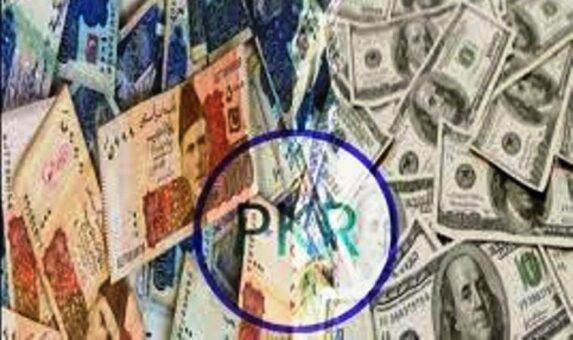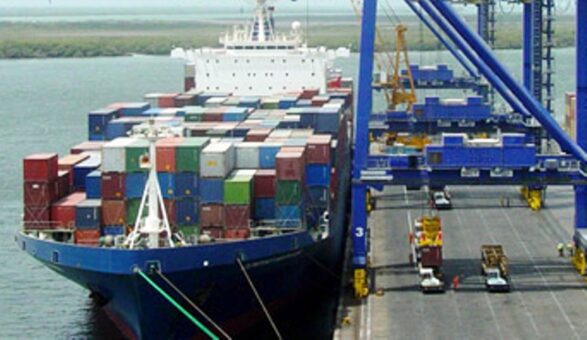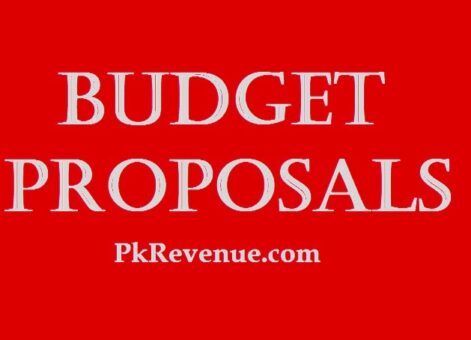KARACHI: A proposed list of higher rates of withholding tax for non-filers of income tax returns has been sent to Federal Board of Revenue (FBR) for broadening the tax base.
The concept of separate withholding tax rates for filers and non-filers was introduced as a measure for increasing documentation of the economy, said Pakistan Business Council (PBC) in its proposals for budget 2022/2023.
READ MORE: PSX demands slashing CGT rates on disposal of shares
Though large amounts are being collected from non-filers, no effort has been made to increase the tax base.
The non-filers for the most part have built the cost of this government levy into pricing and passed it on to their customers.
The PBC said in order to broaden the tax base and to achieve increase in overall tax collection without burdening existing tax payers, the policy to increase tax on non-filers / unregistered persons should be implemented specifically in the following cases:
READ MORE: FBR suggested reduce corporate tax rate for listed companies
a) unregistered industrial / commercial entities (not having STRN) having bill amount in excess of Rs. 20,000 per month, extra sales tax should be increased from 17 per cent to 30 per cent
b) After collection of extra tax as referred above for a continuous period of 6 months, all these connections should be provisionally converted into NTN and STRNs and return filings from these connections should be enforced.
c) In case of provisional registration as above, utility companies be directed to issue show cause notices where annual billing amount exceeds Rs.2.4 million and directing provisionally registered persons to obtain permanent registration. In case of non-compliance, utility companies be directed to disconnect utility connections.
d) Moreover, in order to bring all commercial / industrial users in the tax net and to verify filer status, Electric distribution companies should provide one year to all such consumers to get their NTN registered with electricity distribution companies. In case of failure to provide NTN, electricity connection should be disconnected.
READ MORE: Tax cut suggested on dividend paid by exempt entities
Considering the fact that all industrial / commercial connections will be linked with NTN, the tax department will then be in a better position to assess the electricity consumed by commercial / industrial users and corroborate the same with amount of sales / production etc. reported in sales tax / income tax return
e) in order to bring all commercial / industrial users in the tax net and to verify filer status, Electric distribution companies should provide one year to all such consumers to get their NTN registered with them. Thereafter, such commercial/industrial consumers without NTN should be charged advance income tax @ 20 per cent (from existing 5 per cent/12 per cent for industrial and commercial connections respectively) on their utility bills.
f) Advance tax @7.5 per cent is collected from domestic connections in the name of Non-Filers is collected where monthly bill is Rs.25,000 or more. Rate of advance tax be increased to 30 per cent where monthly bill is in excess of Rs.75,000
g) All exemptions (like exemption on agricultural income) under the Income Tax Law should only be made available to filers so that exempt income is also reported and wealth is reconciled.
READ MORE: PBC suggests reducing further tax to stop flying invoices
h) Withholding tax of Rs. 50,000 for non-filers be levied on International business class tickets
i) Withholding income tax on interest income u/s 151 is 15 per cent for filer and 30 per cent for non-filer. Rate should be increased to 50 per cent for non-filers in case interest income is more than Rs.2,000,000/-
j) Annual advance income tax @ 20,000 is applicable [under section 234] for non-filers owners of vehicles of 2000cc and above. Amount of tax should be increased to 100,000 for non-filers.
k) Advance income tax of Rs. 800,000 on purchase of vehicles in excess of 2000cc by non-Filers [under section 231B] should be increased for non-Filers to Rs. 2,400,000 [3 times]
l) Advance income tax on transfer of vehicles [applicable on 2nd hand buyer] under section 231B(2) should be increased for non-Filers as follows:
a) Existing rate of Rs75,000 for 2001cc to 2500cc be increased to Rs225,000 [3 times]
b) Existing rate of Rs100,000 for 2501cc to 3000cc be increased to Rs300,000
c) Existing rate of Rs125,000 for 3000cc and more be increased to Rs375,000
READ MORE: Commercial importers misusing tax registration
m) Advance income tax of Rs. 400,000 on sale of vehicle [2001cc and above] by non-filers before registration [own money] should be increased to Rs1,200,000
e) Advance income tax is collected on sales of immovable property under section 236C, which is 1 per cent for both filers and non-filers, should be increased for non-filers to 10 per cent for properties of 900 square yards or more
f) In order to generate tax revenues and to divert funds from unproductive resource to productive area [for import substitution / export promotion industry], holding of land by non-filers should be made more expensive by asking those authorities collecting property tax (cantonment boards / societies / registrar) to collect adjustable advance income tax, from non-Filers, on behalf of the Federal Government as follows:
g) Rs. 500,000 per year for 800 yards or more but less than 1800 yards
h) Rs. 1 million per year for 1800 yards and above.
READ MORE: FBR urged to massively reduce tax rates for return filers





